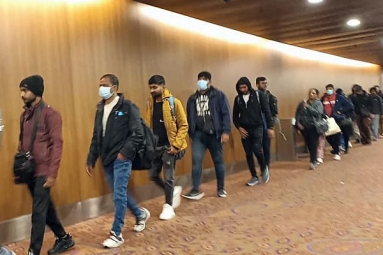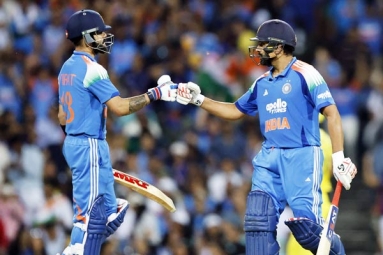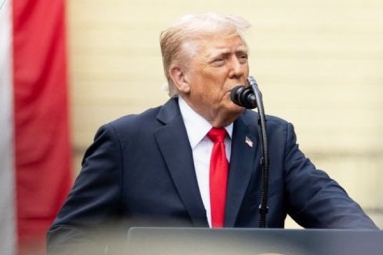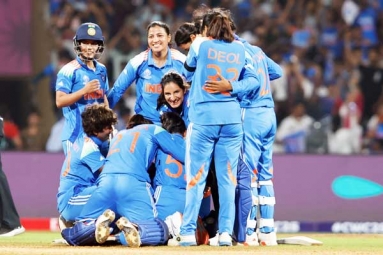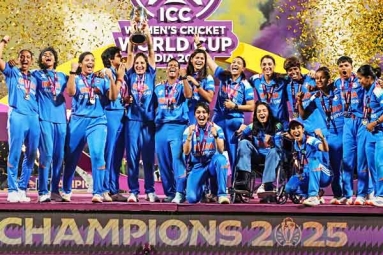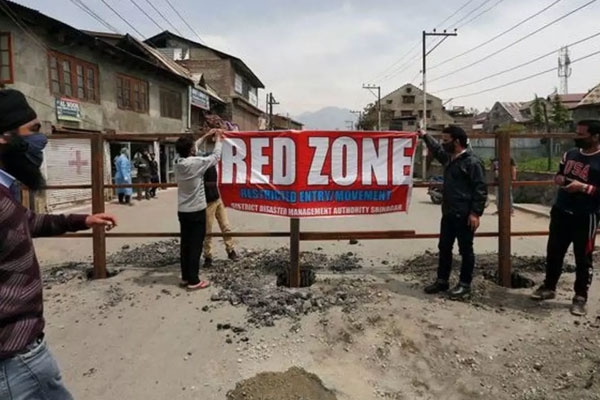
(Image source from: businessinsider.in)
India has been witnessing sharp rise in the number of confirmed cases over the last week. With the alarming rise, the 21-days lockdown that was supposed to end on April 14 was extended till May 03 to better contain the spread of this virus.
With better ways to mitigate this situation and further prevent the spread of the virus, the government issues guidelines and designated part of the country in colour coded zones for better understanding of the level of infection.
The red zones indicate the infection hotspots, the orange zone denotes minor infection and the green zones depict the areas with no infections reported.
Which are the designated red zones?
India has a total of 170 districts all over the country that have been regarded as the red zones.
Aside from Delhi and Mumbai which are the two designated hotspots in the country, some of the other cities under the red zone include Chennai, Bangalore, Kolkata and Hyderabad.
A few of the manufacturing hubs and industrial hubs have also been categorised under the same. In order to fight this virus better, the federal government has also advised all the state governments to increase their testing rate over the next few weeks in order to reduce the red zones to orange and then green zones.
The health ministry has clarified stating that the red zone areas which don’t report any fresh cases for 28 consecutive days will be given the green zone status. Same if they don’t report any fresh cases in 14 consecutive days, the same will be given with a orange zone status.
What kinds of guidelines are issued in red zone?
Given the fact that the red zone is such a crucial part right now, things are going to be a lot stricter in these zones. They will have intensified rate of testing to check how badly each of these areas are affected.
The state governments have also advised to indulge in “pool testing” in this case.
Under this, the samples collected will be tested under the single real time coronavirus test based on swabbing of the nose and the throat, as per the recommendations and guidelines from WHO.
If the test is negative, all the samples in it are negative. If there is a positive test, every single person has to be tested individually for the virus. Pool testing is effective in reducing the time taken for the same.
The areas and the districts that are marked red will not experience any form of relaxation for the lockdown after April 20 as announced by PM Narendra Modi.
These relaxation measures were predominantly applicable for the farming industry and the ecommerce and service employees.
By Somapika Dutta




